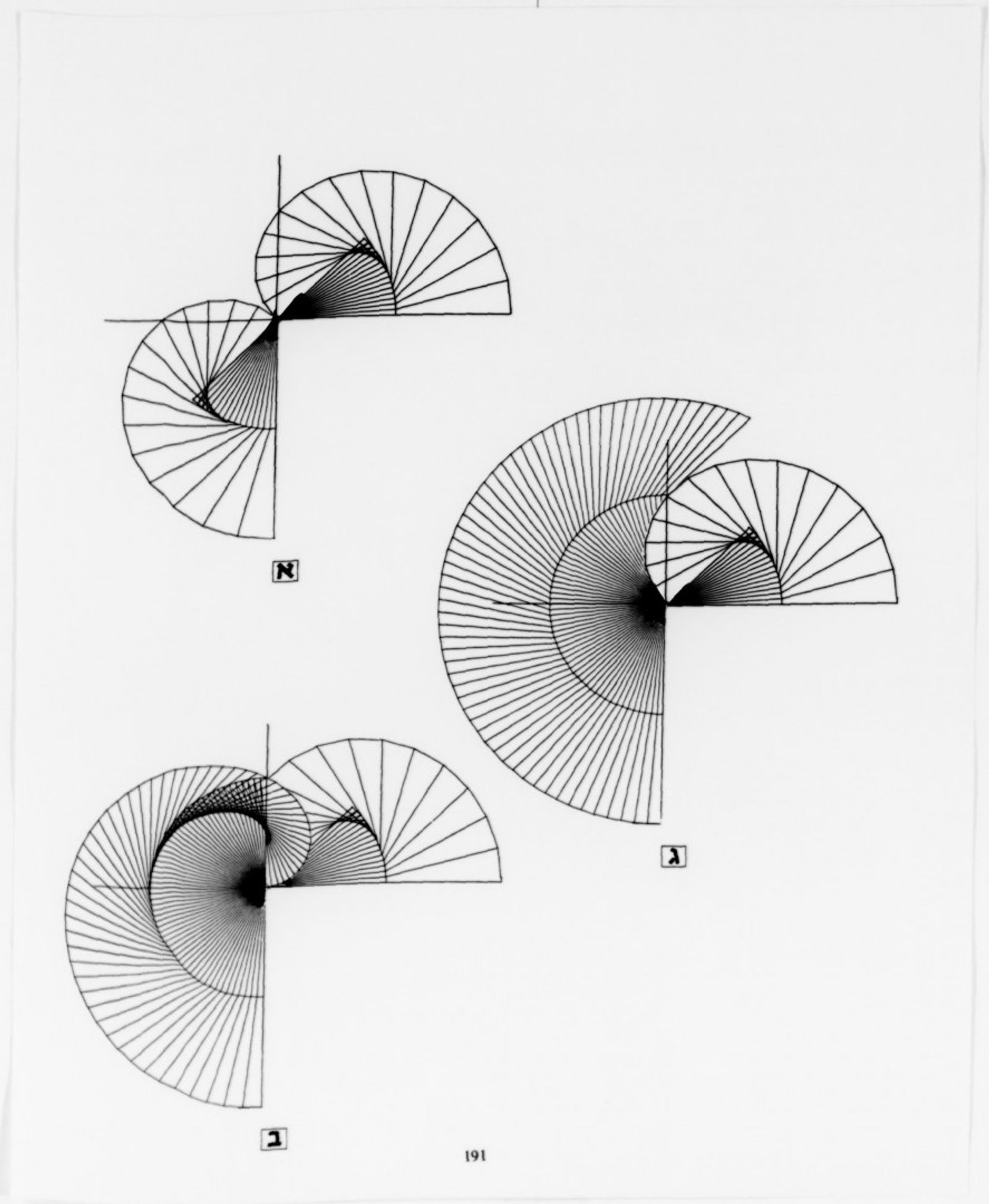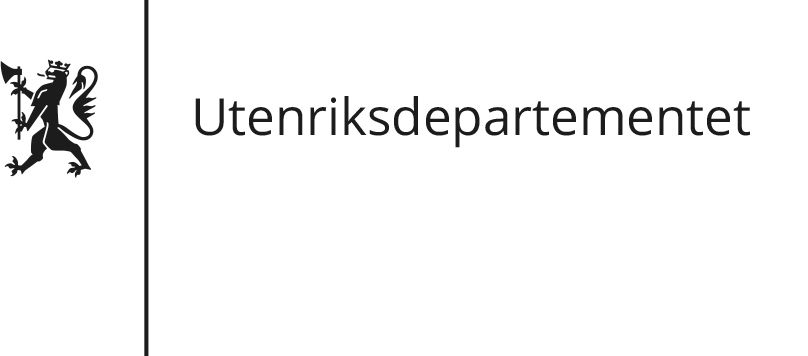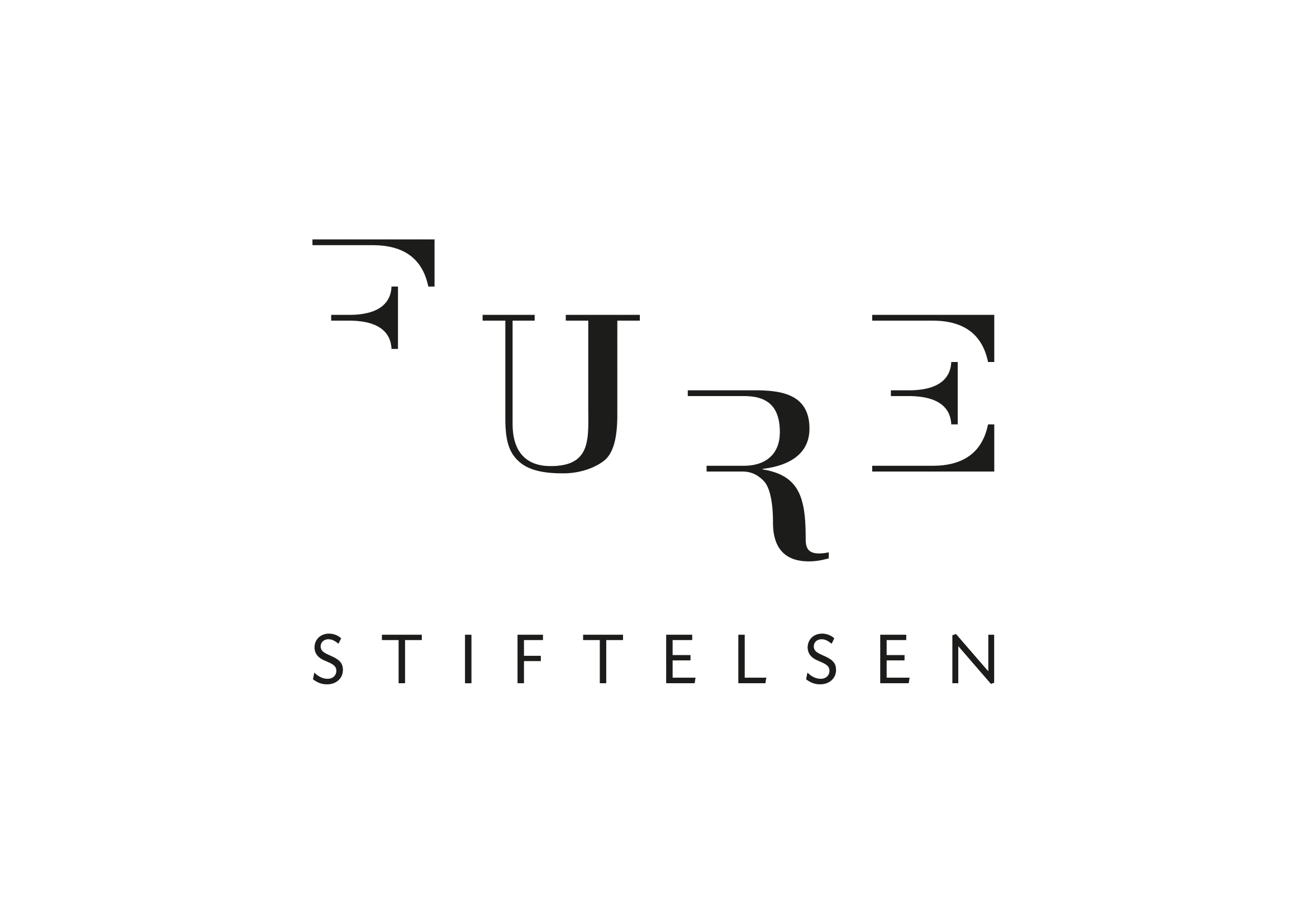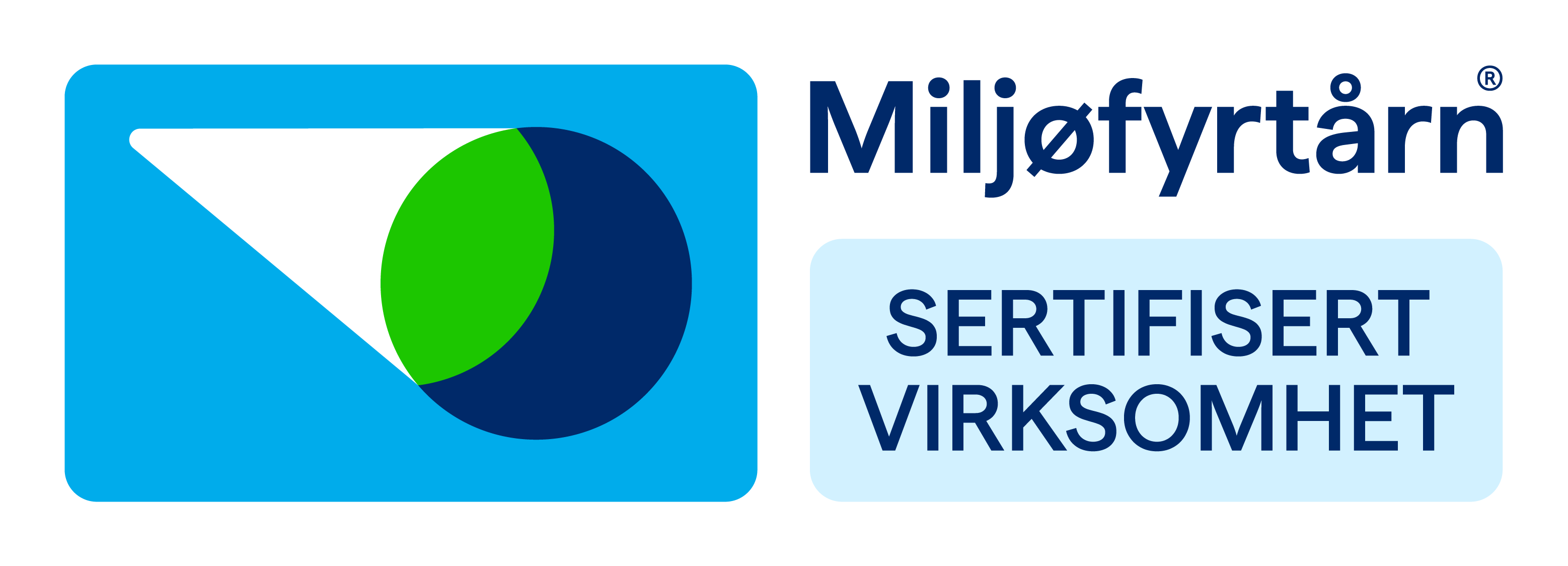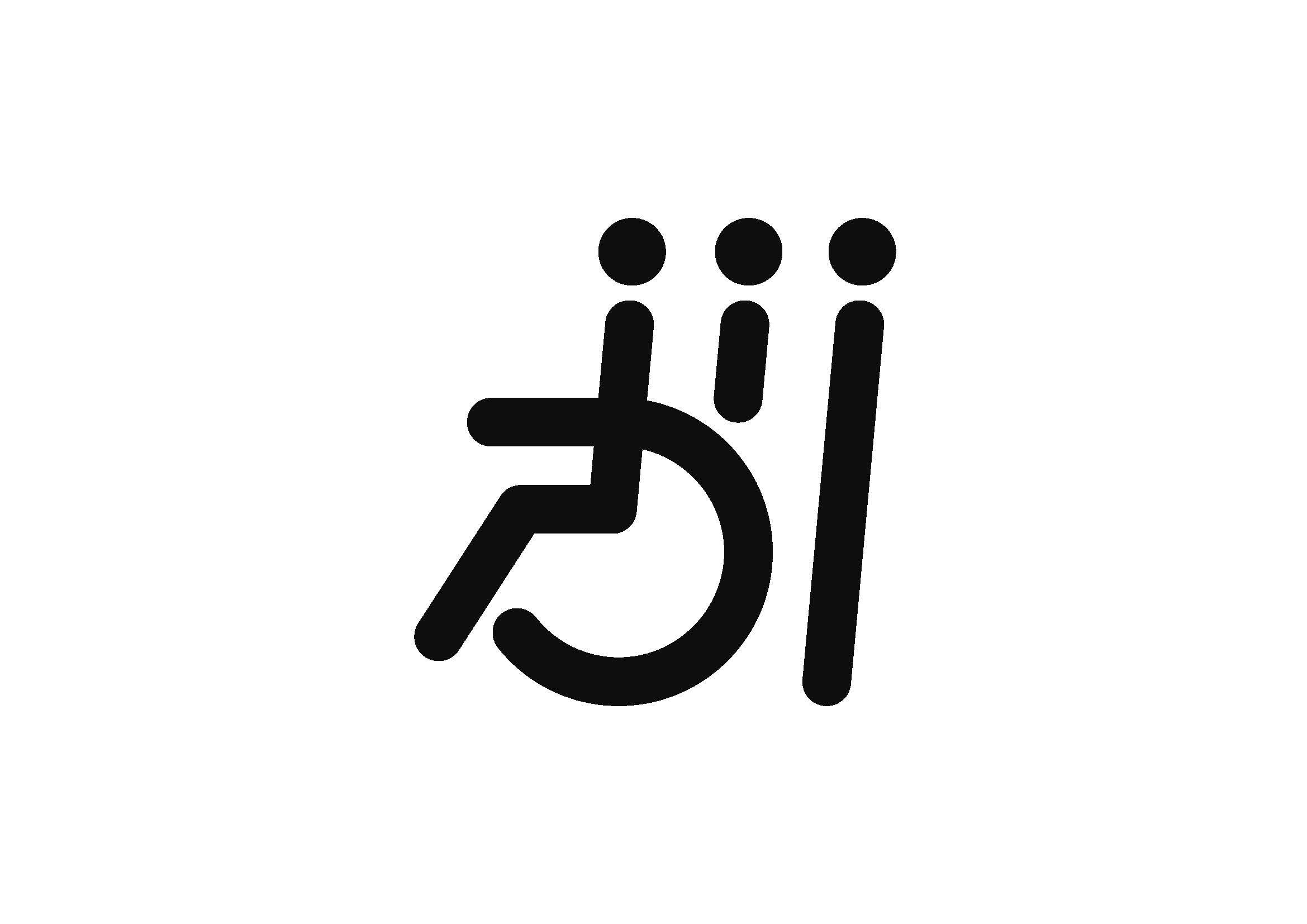Janne-Camilla Lyster/Solveig Styve Holte
Two solo dance works inspired by choreography from the Noa Eshkol Archives
A system for Dance
Museumsplassen (by the main entrance):
Janne-Camilla Lyster: Time and Solitude (2022)
Room 74:
Solveig Styve Holte: Undying – A Handwork (2022)
Dance, said the Israeli choreographer Noa Eshkol (1924-2007), is a basic human need, as much as painting, playing music or making love. Janne-Camilla Lyster and Solveig Styve Holte have created two solo dance pieces that will be performed inside and outside at the National Museum, inspired by Eshkol’s life and work. She was a pioneer in dance, choreography, movement research, notation and visual arts. As well as founding her own dance group, she developed a written language for movement (Eshkol-Wachman Movement Notation) in 1968. It allowed for a minimalist dance form, and can be seen as a visual or physical music, where each body part can be compared to an instrument in an orchestra.
In Undying – A Handwork, Solveig Styve Holte takes as her starting point Noa Eshkol’s tapestries, first created as a protest against the October War in 1973. Eshkol said ‘There were no rules, no theory - just passion’. The solo can be read as a low-key pacifist work; about resilience, and about slowly returning to life.
Janne-Camilla Lyster’s Time and Solitude is based on Eshkol's dance suite Angles and Angels from 1990 – characterised by the meeting between the emotional and the mathematical, with complex geometric floor patterns, and time as a slow and unpredictable conductor. The solo offers a space for contemplation and insight across time and place.
The solos can be seen as objects of movement, made for the museum and gallery space; stripped of scenic effects, and where the moment gets to unfold here and now in a meeting with the audience.
12:00-12:10 Solo A (J-C)
12:15-12:25 Solo B. (S)
12:30-12:40 Solo A
12:45-12:55 Solo B
13:00-13:10 Solo A
13:15-13:25 Solo B
13:30-13:40 Solo A
13:45-13:55 Solo B
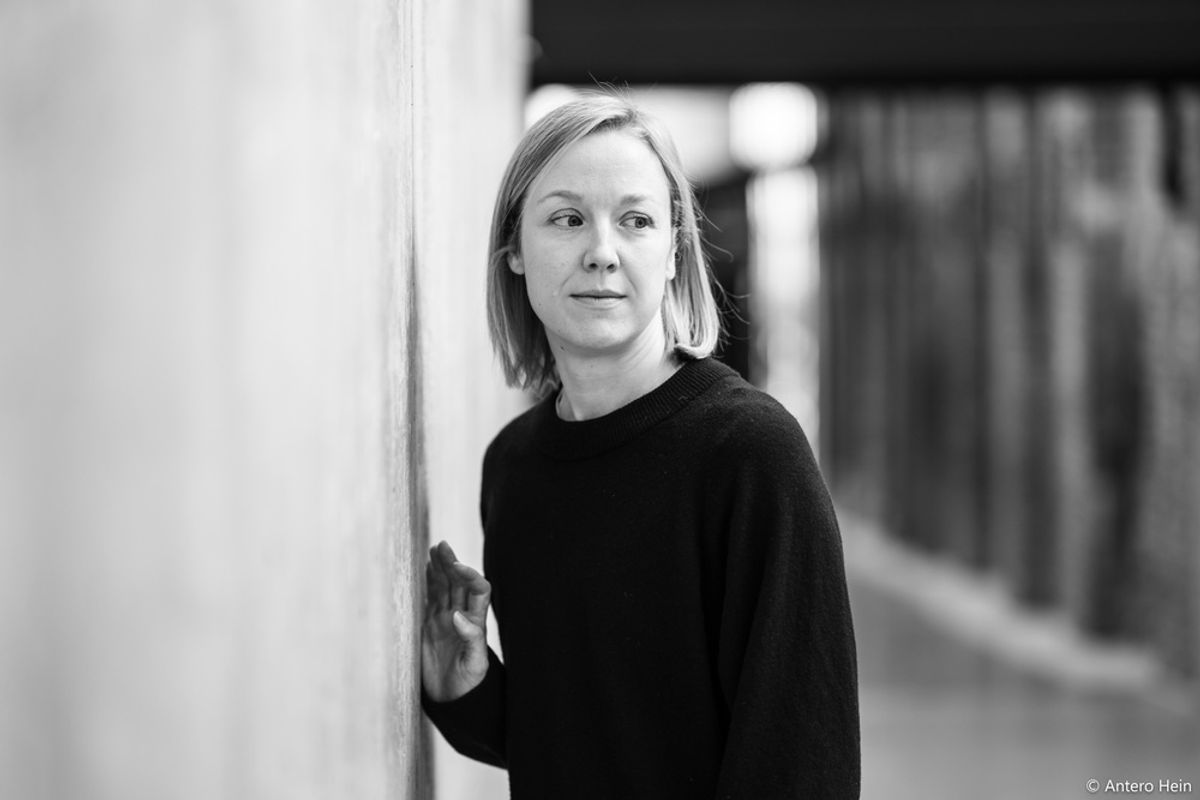
Janne-Camilla Lyster. Photo: Antero Hein
Soundboard
- Opptak av Noa Eshkol, engelsk oversettelse (voiceover) Janne-Camilla Lyster. Musikk: Lehakat Ha Nodedim. Miks: Petter Wiik
Developed in collaboration with
- The Oslo Art Association and Norrköping Diet Museum in connection with the retrospective exhibition Theory, Rules and Passion
In collaboration with
- The National Museum
Costume for Solveig Styve Holte
- Solveig Fagermo
